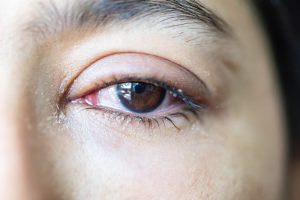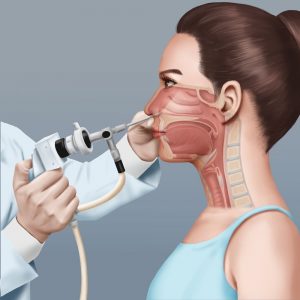In what ways does an eye sinus cavity inspection provide an epiphora diagnosis?
 Epiphora is the term used to describe excessive tearing in the eyes. A number of medical conditions can lead to excessive tearing, including canalicular stenosis. The cancer treatment drug Taxotere has been linked to canalicular stenosis and other serious health conditions, and here at Hotze Runkle PLLC, we provide exceptional and effective representation to those who suffered adverse side effects from using this treatment. To discuss your situation with one of our Taxotere attorneys, you can call us at (800) 763-6155 or fill in the online case evaluation and a member of our legal team will contact you about your case.
Epiphora is the term used to describe excessive tearing in the eyes. A number of medical conditions can lead to excessive tearing, including canalicular stenosis. The cancer treatment drug Taxotere has been linked to canalicular stenosis and other serious health conditions, and here at Hotze Runkle PLLC, we provide exceptional and effective representation to those who suffered adverse side effects from using this treatment. To discuss your situation with one of our Taxotere attorneys, you can call us at (800) 763-6155 or fill in the online case evaluation and a member of our legal team will contact you about your case.
How Can I Tell If I Have Epiphora?
When diagnosing epiphora, most physicians will flush your tear ducts with a saline solution that will likely contain fluorescent dye. When the tears mix with the solution, they turn bright green, and after a few minutes, the physician inspects your eyes to see if your tear have drained.
In normal cases, the tears will wash the dye clear from the eyes and drain properly. However, if your tears do not drain, you likely have a blockage in your tear duct. Your physician may then order other imaging tests, and he or she may also perform a visual inspection of your sinus cavities, tear ducts, and the surrounding areas to try and determine a cause.
Eye Sinus Cavity Inspection
Your sinus cavities are hollow regions created by the bones of your skull, and they surround the areas around your eyes, your nose, and upper cheeks. Your sinus cavities have a direct connection with your nasal passages and create an air-filled space behind your nose.
 Physicians often use nasal endoscopy procedures to examine your sinus cavities. During the process, the physician will insert a long, flexible tube into your nostrils that has a small light and camera on the end. In this way, the physician can clearly see into your sinus cavities in order to make an accurate determination of what could be causing your blocked tear duct.
Physicians often use nasal endoscopy procedures to examine your sinus cavities. During the process, the physician will insert a long, flexible tube into your nostrils that has a small light and camera on the end. In this way, the physician can clearly see into your sinus cavities in order to make an accurate determination of what could be causing your blocked tear duct.
Endoscopy procedures can show any bleeding that may be occurring inside your nose along with swelling of tissue around your sinus and eye cavities. The procedure can also show abnormal growths that could be cancerous or benign polyps and other obstructions that are causing the problems with tear drainage. Sometimes, the physician can actually treat the condition during the endoscopy procedure itself, if it’s possible and an appropriate course of action.
Nasal endoscopy is considered a minimally invasive procedure that does not require incisions, and only a local anesthetic may be used. The procedure is usually done at the physician’s office, and you should consult with them before undergoing the procedure to get the information you will need to prepare.
What to Expect From the Procedure
Nasal endoscopy is used to diagnose numerous conditions affecting the sinuses and the nasal passages, and by extension, the eyes. During the procedure, you will sit upright in an office exam chair, and your physician will probably apply a decongestant into your nostrils to reduce any swelling that be present and allow the endoscope to more easily pass through your sinus and nasal cavities. Your physician will also numb the area with a local anesthetic to help with any discomfort you may feel during the procedure.
Starting in one nostril, your physician will likely make several passes with the endoscope to check all of the areas within your sinus and nasal cavities before moving to the other side. If your physician finds any tissue that needs further examination, they will remove a portion to be sent for testing.
Nasal endoscopy is a relatively simple, out-patient procedure, and you will probably be able to go home and resume your normal activities afterwards. You may experience a mild nosebleed or some general discomfort in your face and nose area when the local anesthetic wears off. The procedure should not cause any serious injuries or complications.
Did You Develop Epiphora Due to Taxotere Use? Call Us Now
Hotze Runkle PLLC is one of the country’s leading law firms for Taxotere lawsuits and other defective drug cases.
If your constant and excessive tearing is the result of canalicular stenosis or some other condition brought on by your treatment with Taxotere or some other dangerous medication, you can contact our lawyers to discuss your situation and find out your legal options for pursuing compensation.
Our lawyers have decades of collective experience, and we have recovered more than $100 million dollars in compensation for clients throughout the United States. Contact us today at (800) 763-6155 or by completing the case evaluation quiz to schedule a consultation.